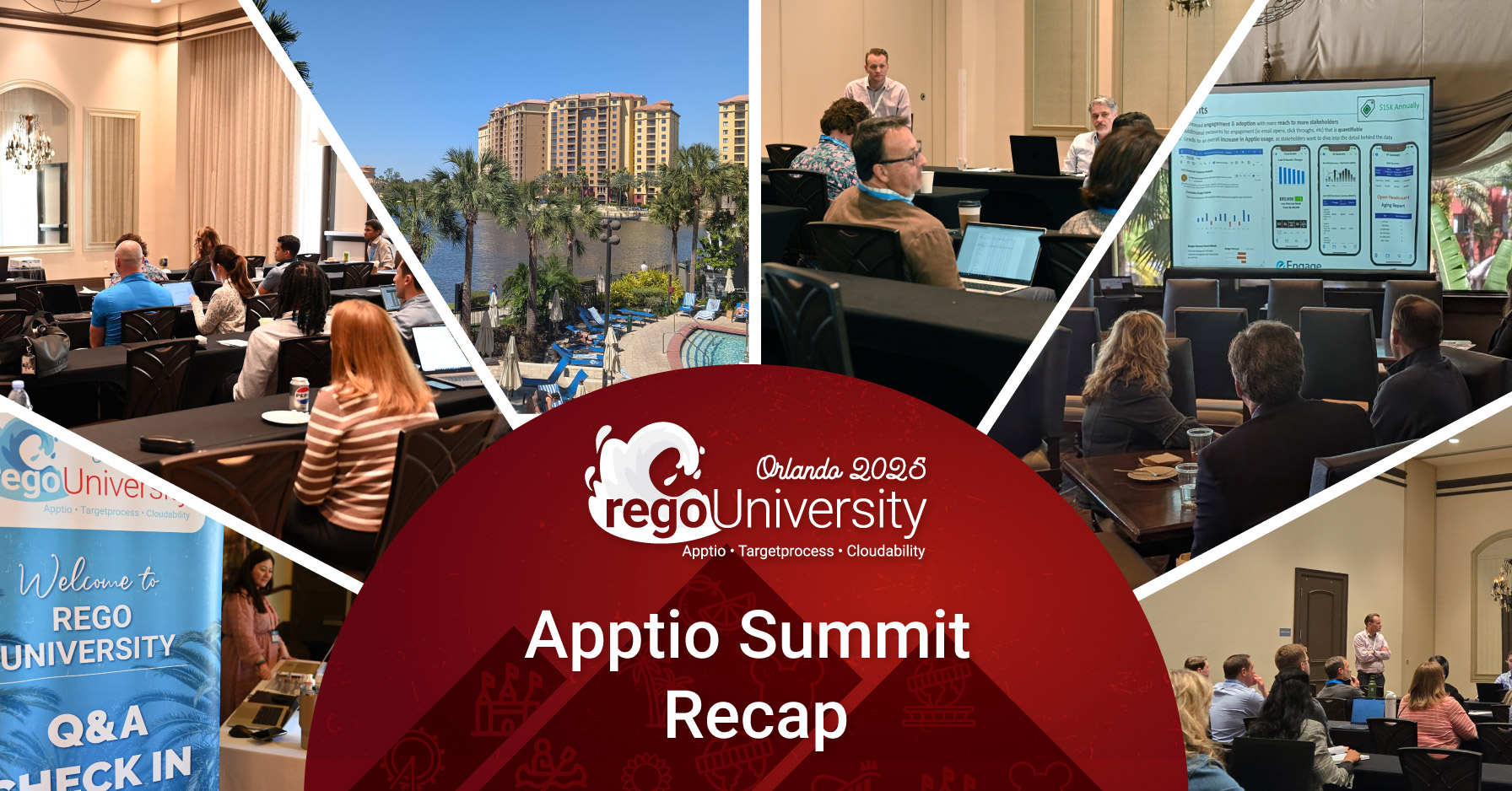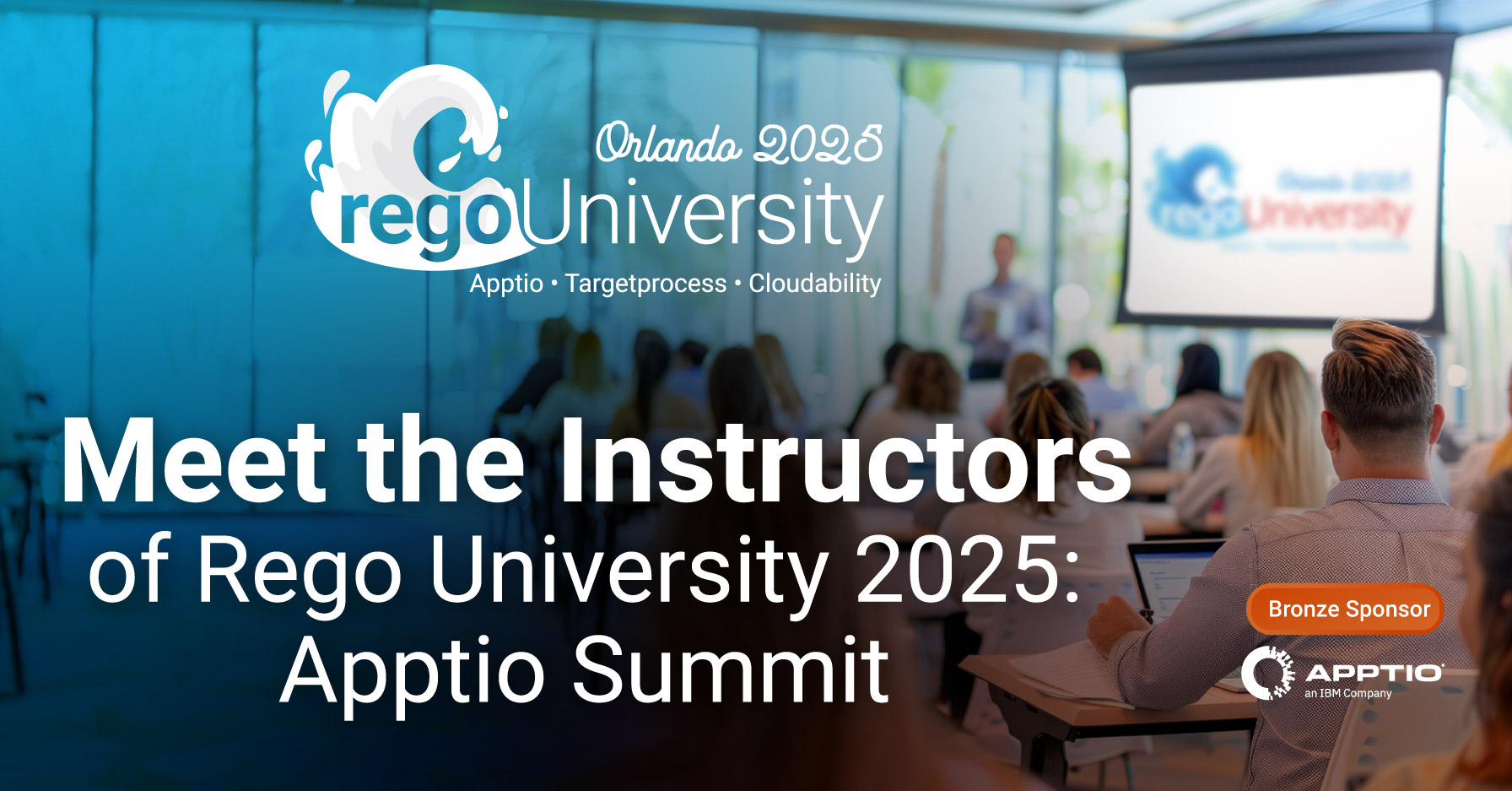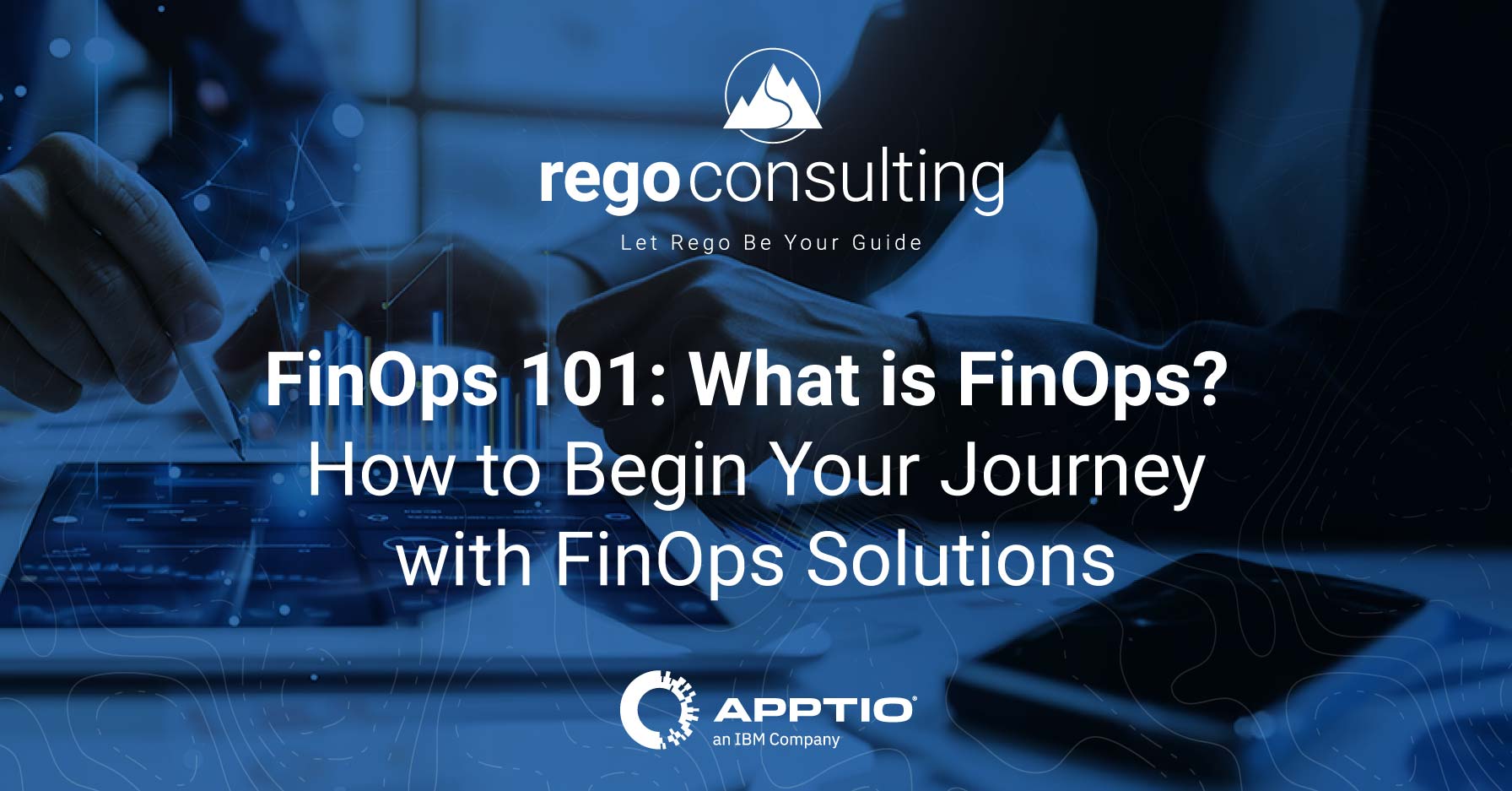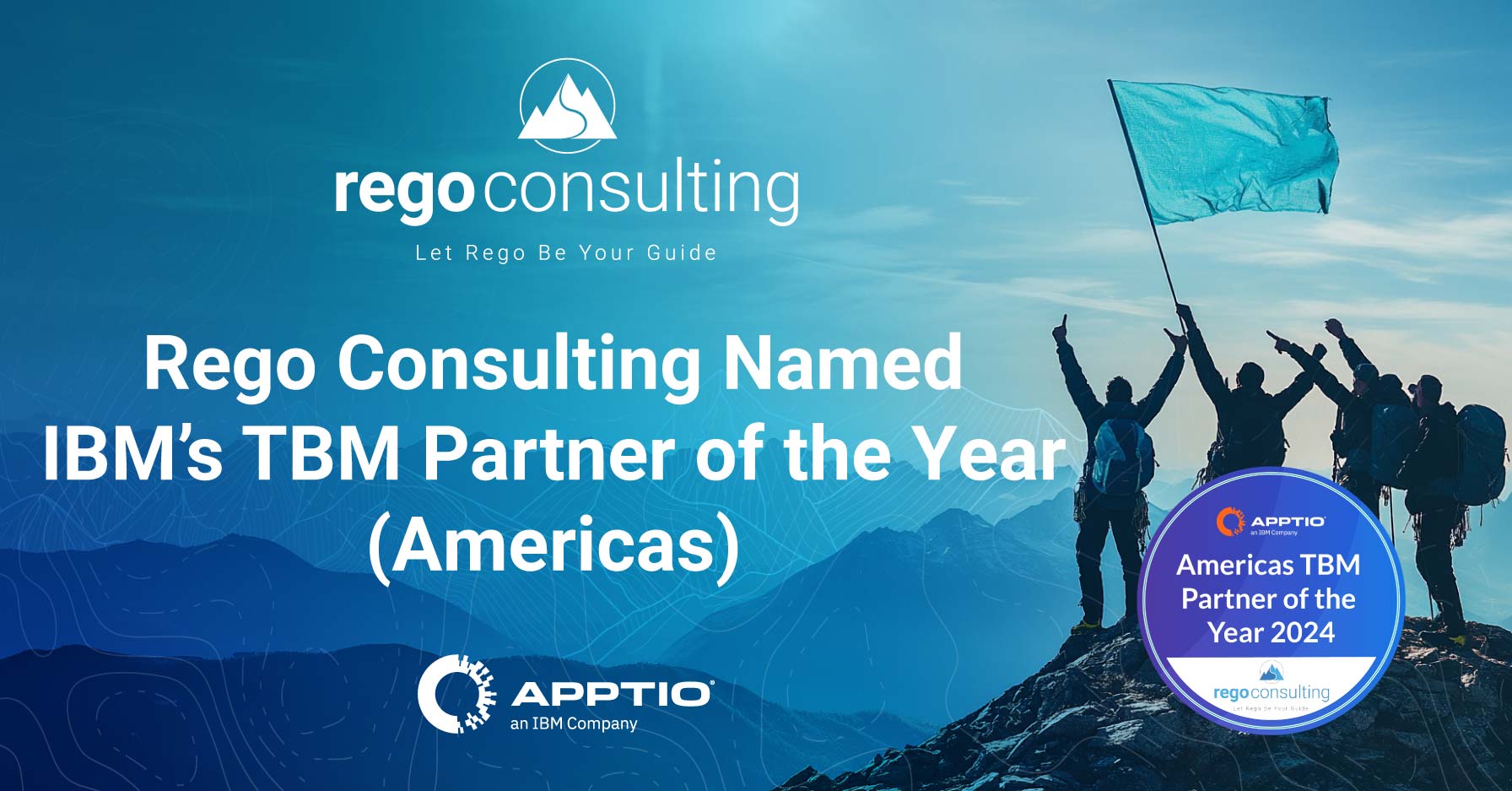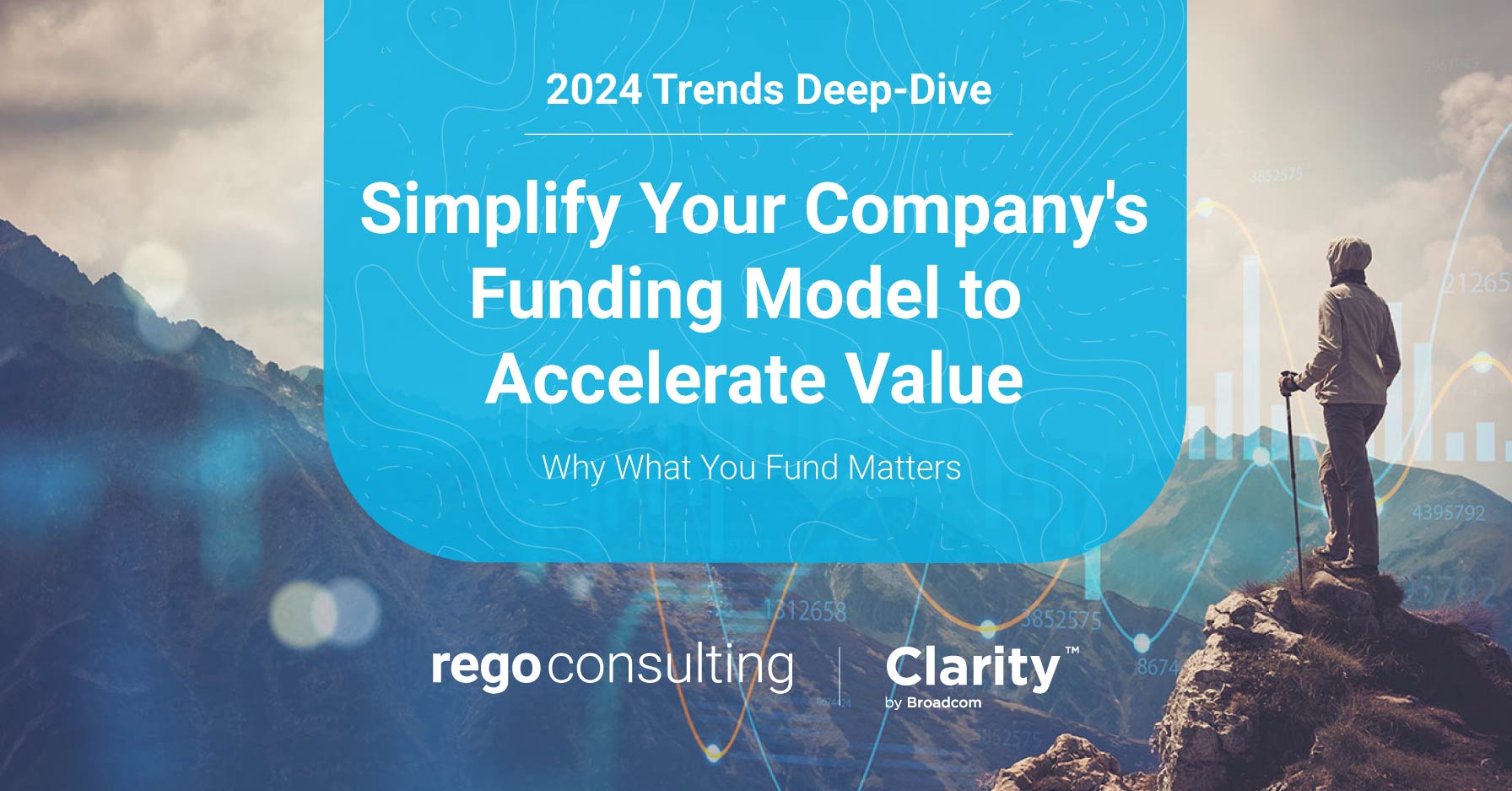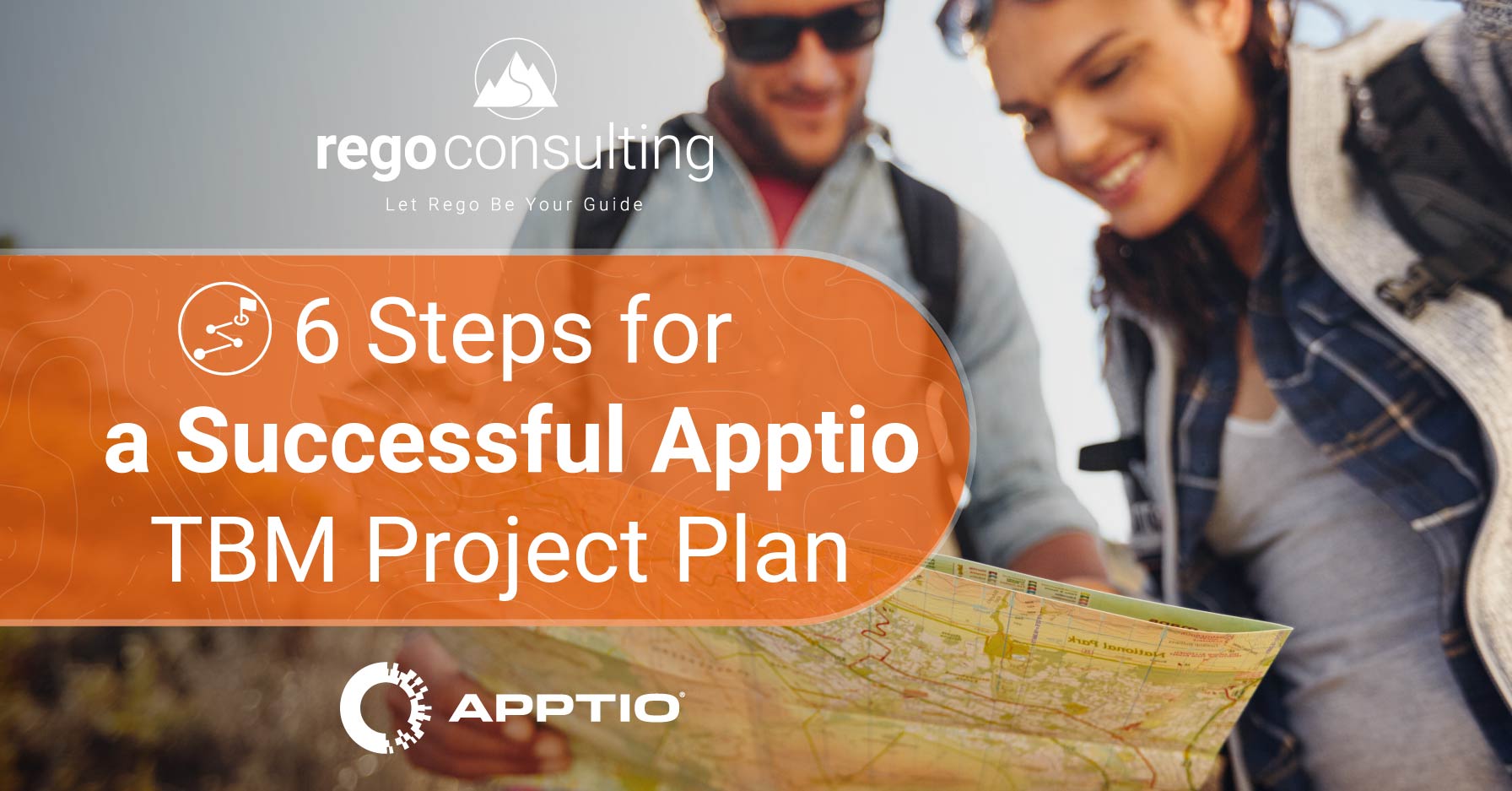
1. Define Use Cases & Scope
Because Apptio is so versatile and every organization has its own unique needs, your project plan will need to be tailored to your specific use case(s). Your first step will be to define those use cases and the scope for each.
What do you need Apptio to do? Is it greater cost transparency? Are people spending hours trying to reconcile multiple spreadsheets to create cohesive reports? Does your business need to do a better job of forecasting? Does your team need to fund emerging technology initiatives?
Your use cases will be unique to your business and will often involve a unique opportunity or visualization (being able to see a holistic view of IT spend). This is because Apptio provides a single source of truth to see all IT spend – like a single pane of glass for both IT and business leaders to see clearly though. This single source of truth reconciles all disparate reports, provides a shared taxonomy that everyone can understand, and equips everyone with instant, data-backed insights they can use to make better decisions, faster.
No matter your use case, you will need to answer, “How will our use of Apptio be providing value to our business?”
Once your use case(s) are selected, you can begin to define your project’s scope. When defining scope, think of how you want to help solve the problems each use case presents with features, functionality, and improved processes. The scope should also include your objectives, tasks, who will be working on the project (resources), key milestones, risks, constraints, assumptions, exclusions, etc.
When you define your uses cases and scope you ensure:
Clarity and Direction
Scope Management
Better Communication
Quality Assurance
Stakeholder Alignment
Improved Resource Planning
2. Discovery and Data Quality
Your next step will be engaging the right data owners that align with your project outcomes. For instance, if you are working with use cases involving budgeting and forecasting for IT Planning or Cost Transparency, you would need to connect with your finance team members who oversee the general ledger (GL), the forecast, and the budget. You would want to look at vendor lists, labor details, and cost center structure to start building your model.
As you work with data owners, you will act like a detective, finding answers to questions like:
Where does the necessary data come from?
How accessible is the data?
How long does reporting currently take?
Is there an opportunity for automation?
How reliable is the data/is it accurate?
3. Configuration Iterations
Once you have identified data and validated its quality, it is time to start building your Apptio configuration. It is important to note – when working on your Apptio configuration, you will not follow a traditional, waterfall methodology. Apptio best practices include taking an iterative approach to your configuration. Start with what you know, configure it, validate it, and then go back for more.
You will want to first focus on building a Minimal Viable Product (MVP) that is simple, meets the core needs of your use cases, and will make Apptio “sticky” within your organization. From there, you will record the win, highlight its value to stakeholders, and add new features with each successive iteration.
Minimum Viable Product (MVP): A minimum viable product (MVP) is the release of a new product (or a major new feature) that is used to validate customer needs and demands prior to developing a more fully featured product. To reduce development time and effort, an MVP includes only the minimum capabilities required to be a viable customer solution. – Gartner
At Rego, we always recommend taking a “crawl, walk, run” approach. Start simple and look for wins that provide value, and then continue to build on your success as you work toward your overarching goals.

4. Engaging Stakeholders and SMEs
Once your MVP is built, and as you go through your configuration iterations, you will want to engage your stakeholders and Subject Matter Experts (SMEs) on a continual basis. They will validate the usefulness of your offering and the features you are adding.
Additionally, Apptio is a powerful tool, but to get the most value out of it, you should ensure good quality data is continually added to it and that your stakeholders are using Apptio to make data-backed decisions.
This is where stakeholder engagement comes in. We have even made an entire guide on driving Apptio stakeholder engagement with a free template to help you get started!
Stakeholder Engagement Strategies include:
Holding recurring feedback sessions to hear how stakeholders and SMEs are interacting with Apptio
Educating stakeholders with regular Apptio training sessions
Sending out monthly or quarterly newsletters about new features and functionality
Holding monthly contests for usage, number of data sources added, etc. with prizes to inspire your stakeholders to engage with Apptio
Using an auto-emailer like regoEngage to make sure that relevant reports based on your stakeholder’s needs are delivered straight to their inboxes
5. Evaluate Data Automation Opportunities
As you work through your configuration iterations, you will also want to look for data automation opportunities. No matter your scope or use case, automations can help with:
Data Quality and Accuracy: When data is handled manually it is prone to errors, which leads to inaccurate reports for decision-making. It is easy to mistype, merge data incorrectly, or forget needed information. When data is pulled manually, it is also time sensitive, if someone only has time to pull data once a week or month, that data will not reflect the up-to-date information.
Time Saved and Cost Reduction: Imagine how many hours employees spend manually pulling data together. With each automation, that number goes down, allowing everyone to focus on the work that matters most. This can also lead to cost savings because it reduces labor costs and empowers your organization to get even more done with the same amount of resources.
Enhanced Compliance and Security: Automation can help enforce data governance policies and compliance requirements by standardizing processes. It also reduces the risk of data breaches by minimizing how often people need to access sensitive data.
As you meet with stakeholders and continuously iterate, think about areas where you can decrease your time-to-value and improve data quality with automation.
6. Training and Knowledge Readiness
Your project will only provide business value if your users know how to use Apptio effectively. You must hold training sessions to show your stakeholders how to take advantage of your offering. It is also important to note that this should be a continual process. Employees rotate on and off teams, new features are added with each iteration, and sometimes your stakeholders will need a refresher.
Be sure to also prepare documentation your users can easily find on their own like Quick Reference Guides (QRGs), demo videos, or previously recorded training sessions. You will need to make sure these resources stay up to date as you continue to iterate on your Apptio offering, and that you remind stakeholders where to find those materials.
You will also need to think about the long-term outcomes and lifecycle of this project – who will own it and continue to iterate with improvements, continuously gather stakeholder feedback, and train end users? If the project does not have a long-term owner in place, it may offer an initial win, but over time it can lose value. So be mindful to plan for the future and train the appropriate owners if necessary.
Creating Your Apptio TBM Project Plan
We hope this guide will act as a handy reference for preparing your own Apptio project plan. And, if you need help creating an Apptio TBM project plan, Rego can guide you. We have guided more than 700 organizations through their TBM, Agile, FinOps, and SPM journeys, including 60% of Fortune 100 companies.
Whether it’s implementing a new Apptio module, supporting your current configuration, improving user adoption, or revitalizing your Apptio instance, Rego can help. Our Apptio consultants all have 5-10 years of real-world experience before joining our team.
If you would like to have a no-pressure conversation about setting up an Apptio TBM project plan or getting even more value out of your Apptio investment, contact Rego today.


 Do you need an Apptio TBM Project Plan to support a new Apptio implementation, revive your existing Apptio instance, or adjust Apptio due to other changing business needs?
Do you need an Apptio TBM Project Plan to support a new Apptio implementation, revive your existing Apptio instance, or adjust Apptio due to other changing business needs?